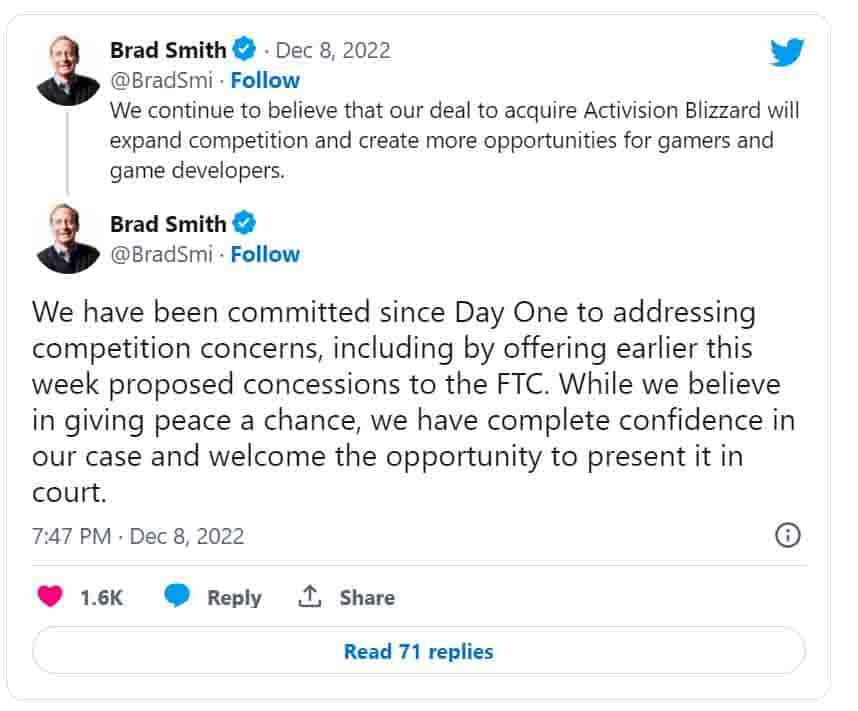College Enrollment Decline: A Crisis For Boom Towns

Table of Contents
Economic Repercussions of Declining Enrollment
The economic health of boom towns is often heavily reliant on the consistent flow of revenue and activity generated by their colleges and universities. A decrease in college enrollment directly translates into a significant loss of revenue and economic activity, triggering a domino effect with far-reaching consequences.
Reduced Revenue Streams
Decreased enrollment directly impacts the most fundamental revenue stream for colleges: tuition fees. This reduction ripples outwards, affecting numerous aspects of the local economy.
- Less spending on student housing: Vacant dorm rooms and fewer off-campus rentals mean less income for landlords and property managers.
- Reduced demand for local services: Restaurants, shops, entertainment venues, and other businesses that cater to students experience a significant drop in revenue.
- Decreased property values: The reduced demand for housing and overall economic activity can lead to a decline in property values, impacting homeowners and the overall tax base.
The multiplier effect is crucial here. A decline in college spending doesn't just affect the college itself; it reduces spending throughout the local economy, leading to a much larger overall economic downturn. Every dollar spent by a student generates further economic activity – a loss of students means a magnified loss of economic activity.
Job Losses and Brain Drain
Fewer students attending college inevitably lead to job losses within the institution and related industries. This isn't limited to faculty and staff; it extends to part-time jobs for students themselves and to businesses that depend on the student population.
- Faculty and staff layoffs: Colleges may be forced to reduce staffing levels to compensate for reduced revenue.
- Fewer part-time jobs for students: The opportunities for students to work while studying are diminished.
- A decline in entrepreneurial activity stemming from college incubators: Fewer students mean fewer innovative ideas and fewer entrepreneurs emerging from the college environment.
Beyond the immediate job losses, there's a significant risk of "brain drain." Graduates, unable to find suitable employment opportunities in their hometown, are more likely to seek jobs elsewhere, depriving the boom town of its skilled workforce and hindering future growth. This long-term impact on the local talent pool can be devastating.
Underlying Causes of the Decline
The decline in college enrollment isn't a singular problem; it's the result of a confluence of factors impacting boom towns across the nation. Understanding these underlying causes is the first step towards finding effective solutions.
Changing Demographics and Competition
Several demographic and competitive pressures are contributing to lower enrollment numbers.
- Declining birth rates: A shrinking pool of potential college students in the relevant age demographic naturally reduces the number of applicants.
- Increased affordability of online programs: The rise of online education offers a more affordable and flexible alternative for many students, drawing them away from traditional brick-and-mortar institutions.
- Rising student loan debt: The increasing burden of student loan debt makes college less accessible and less attractive to prospective students, especially those from lower-income backgrounds.
The competitive landscape for colleges is fiercer than ever. Boom town colleges often struggle to compete with larger, more established institutions, or those offering more specialized programs. This competition intensifies the negative impact of other factors.
Lack of Affordable Housing and Support Services
The availability of affordable housing and adequate support services plays a critical role in attracting students to a college town. The lack of these resources often acts as a significant deterrent, particularly for students from lower-income backgrounds.
- High housing costs: Expensive rent or the difficulty finding suitable accommodation can make attending college in a particular town financially prohibitive.
- Limited access to childcare: This presents a major challenge for students who are parents.
- Inadequate public transportation: Poor public transport links can significantly limit access to campus and surrounding areas.
These factors combine to create significant barriers to access for many potential students, impacting the overall enrollment numbers negatively. Making college accessible requires addressing these practical challenges.
Strategies for Reversing the Trend
Reversing the trend of declining college enrollment requires a proactive and multifaceted approach that involves innovative program development, strong community partnerships, and strategic investments.
Innovative Program Development
Colleges must adapt to the evolving needs of the job market and the preferences of prospective students. This necessitates the development of innovative programs and learning approaches.
- Developing short-term certificate programs: These offer focused training for in-demand skills, catering to students seeking quicker entry into the workforce.
- Online learning options: Expanding online offerings can broaden access to students who may not be able to attend classes in person.
- Partnerships with local industries: Collaborating with local businesses ensures that the curriculum remains relevant and provides students with valuable industry experience.
Successful program innovation requires a thorough understanding of market demands and a willingness to experiment with new teaching methods and technological integration.
Community Partnerships and Investment
Collaboration between the college, local businesses, and the local government is essential. Investments in infrastructure and community amenities are crucial in making the boom town a more attractive place for students.
- Developing affordable student housing: This directly addresses a major barrier to entry for many prospective students.
- Improving public transportation: Investing in efficient and reliable public transportation is essential for improving accessibility.
- Creating attractive campus and town environments: Enhancements to the physical environment can boost the overall appeal of the town as a place to live and study.
Public-private partnerships are pivotal for success. Pooling resources and expertise from various sectors allows for impactful, sustainable changes that benefit both the college and the community.
Conclusion
The decline in college enrollment poses a significant threat to the economic health of boom towns. Addressing this crisis requires a multi-pronged approach that tackles the underlying causes and promotes proactive solutions. By implementing innovative programs, fostering community partnerships, and investing in infrastructure, these towns can reverse this trend and secure their future prosperity. Let's work together to prevent further college enrollment decline and ensure the continued vitality of our boom towns.

Featured Posts
-
 Brasserie Hell City L Adresse Incontournable Pour Le Hellfest
May 21, 2025
Brasserie Hell City L Adresse Incontournable Pour Le Hellfest
May 21, 2025 -
 Rtl Groups Journey To Streaming Profitability
May 21, 2025
Rtl Groups Journey To Streaming Profitability
May 21, 2025 -
 Chicago Cubs Fans Hot Dog Kiss Mimics Lady And The Tramp
May 21, 2025
Chicago Cubs Fans Hot Dog Kiss Mimics Lady And The Tramp
May 21, 2025 -
 Is Gangsta Granny Suitable For Young Readers A Parents Guide
May 21, 2025
Is Gangsta Granny Suitable For Young Readers A Parents Guide
May 21, 2025 -
 Ftc Challenges Court Ruling On Microsofts Activision Blizzard Purchase
May 21, 2025
Ftc Challenges Court Ruling On Microsofts Activision Blizzard Purchase
May 21, 2025
